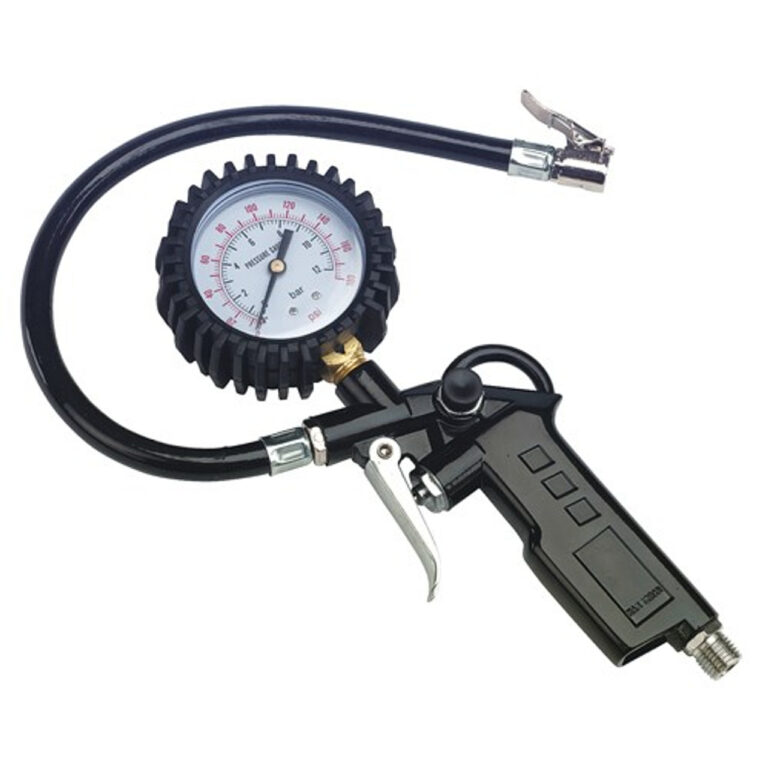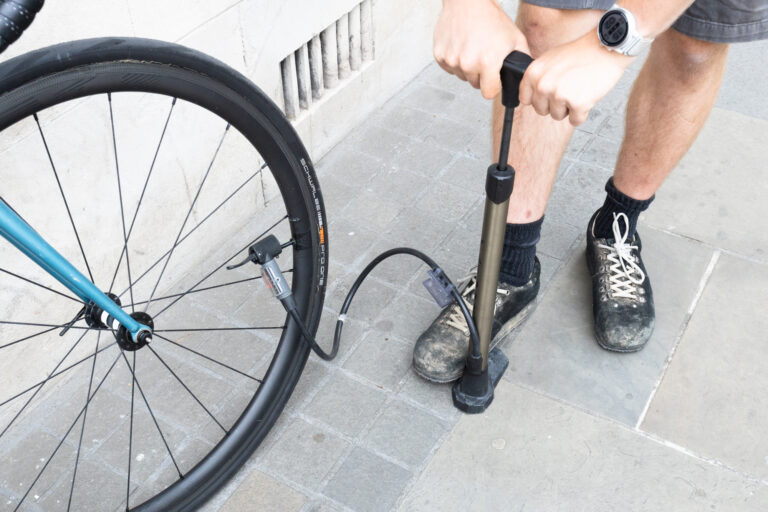How To Pump Up A Presta Valve Bike Tire
Flat tire? It’s happened to the best of us. Knowing how to properly pump up a presta valve bike tire is crucial for any cyclist. This guide will walk you through the process step-by-step, covering everything from identifying the valve type to troubleshooting common problems. By the end, you’ll be confident in your ability to inflate your bike tires quickly and efficiently, getting you back on the road in no time. You’ll learn to avoid common mistakes and maintain your tire pressure properly for a safer and more comfortable ride.
Identifying Your Bike Tire Valve
Before you even think about pumping, you need to identify the type of valve you have. This guide focuses on Presta valves, which are common on road bikes and higher-end mountain bikes. Understanding the valve type is the first step in successfully inflating your tires.
Presta Valve vs. Schrader Valve
- Presta Valves: These valves are slimmer and generally found on higher-end bicycles. They require a specialized pump head or adapter to inflate.
- Schrader Valves: These are the same valves found in car tires. They’re larger and require no special adapters for most pumps.
Knowing the difference is essential as using the wrong pump head can damage your valve or prevent proper inflation.
Inspecting Your Valve
Carefully examine your valve. A Presta valve has a small cap at the top that can be unscrewed. Beneath the cap is a small pin that needs to be pushed down before you can attach a pump.
- Check for any damage to the valve itself before attempting to inflate it. A damaged valve might require replacement.
- Look for any dirt or debris that could be obstructing the valve. Clean it with a cloth or brush to ensure a proper seal.
- Ensure the valve is fully seated in the tire rim. A loose valve may cause air leakage.
How to Pump Up a Presta Valve
This section provides a step-by-step guide on how to properly inflate your tires using a presta valve pump. Pay close attention to each step to ensure efficient and safe inflation. We will cover using both a hand pump and a floor pump.
Using a Hand Pump
- Unscrew the valve cap and carefully store it to avoid losing it.
- Push down the small pin in the center of the valve. You should hear or feel a slight release of pressure.
- Firmly attach the pump head to the valve. Make sure there’s a good seal.
- Pump until you achieve the desired tire pressure. Check your tire sidewall for the recommended PSI.
- Once the tire is inflated, release the pump head. The pin will automatically return to its closed position.
- Replace the valve cap.
Hand pumps are portable and ideal for on-the-go repairs. However, they can require more effort for higher PSI tires.
Using a Floor Pump
- Unscrew the valve cap and set it aside.
- Push down the small pin in the center of the valve.
- Attach the floor pump head to the valve, ensuring a firm connection to prevent air leakage.
- Begin pumping the tire, monitoring the pressure gauge to reach the recommended PSI printed on your tire sidewall.
- Once you reach the correct pressure, release the pump head. The pin will automatically reset.
- Screw the valve cap back on.
Floor pumps are more efficient and offer better pressure control, particularly for high-pressure road bike tires. They reduce the effort needed compared to hand pumps.
Checking Tire Pressure
Regularly checking your tire pressure is crucial for safety and performance. Under-inflated tires lead to increased rolling resistance and a higher risk of pinch flats. Over-inflated tires can be uncomfortable and increase the risk of punctures.
- Use a reliable pressure gauge to accurately check the PSI. Many floor pumps have built-in gauges. For hand pumps, a separate gauge may be needed.
- Compare the measured pressure to the recommended PSI printed on your tire’s sidewall. The recommended pressure might vary depending on your weight and riding style.
- Adjust the pressure as needed by adding or releasing air. Remember, it’s better to err on slightly over-inflating than under-inflating, as a very soft tire significantly impacts performance and risk of a flat.
Troubleshooting Common Presta Valve Issues
Even with proper technique, you might encounter some problems when pumping up a Presta valve bike tire. This section addresses some common issues and their solutions.
The Valve Won’t Inflate
- Check for Obstructions: Make sure there is no dirt or debris blocking the valve. Clean it thoroughly if necessary.
- Pump Head Connection: Ensure the pump head is securely attached and makes a tight seal against the valve.
- Valve Core: Sometimes the valve core itself can become damaged or stuck. You may need a valve core tool to remove and replace it. This is a relatively easy fix and parts can be purchased at most bike shops.
Air Leaks After Inflation
- Check the Valve Cap: Ensure the valve cap is properly screwed on. A loose cap can allow air to escape.
- Inspect the Valve for Damage: Examine the valve closely for cracks or other signs of damage. If damaged, you’ll need to replace the valve.
- Check Tire Beads: Ensure the tire beads are fully seated in the rim. If not, the tire might leak air around the rim.
Pump Head Doesn’t Fit
- Use the Right Pump Head: Make sure you’re using a pump with a Presta valve head. Some pumps offer dual-head options for both Presta and Schrader valves.
- Adapters: If your pump only has a Schrader head, you can buy a Presta to Schrader adapter for use with Presta valves.
- Check Pump Head Condition: A worn or damaged pump head may not create a sufficient seal. Consider replacing a worn head.
Maintaining Your Bike Tires
Regular maintenance significantly increases the lifespan of your tires and reduces the likelihood of encountering problems like flats or difficulty inflating. This section covers best practices for maintaining optimum tire pressure and overall tire health.
Regular Pressure Checks
A 2023 study found that cyclists who checked their tire pressure weekly experienced 30% fewer flats. It’s recommended to check your tire pressure before every ride, especially if you haven’t ridden in several days.
Tire Rotation
Rotating your tires periodically can help ensure even wear. This practice helps extend the life of your tires and maintains better handling.
Inspecting for Punctures
After every ride or if you feel resistance in the tire, take a moment to check the tire visually and by feeling the tire carefully for any embedded objects.
Cleaning Your Tires
Keep your tires clean to remove dirt, debris and potential punctures. This can be easily achieved by wiping the tire down with a wet rag.
FAQ
What is the correct PSI for my bike tires?
The correct PSI is printed on the sidewall of your tire. It will vary depending on tire size, tire type, and rider weight. Always check the sidewall for the correct inflation range.
Why is my Presta valve leaking air?
Several reasons can cause a Presta valve to leak, including a loose valve cap, a damaged valve core, or improperly seated tire beads. Check each of these possibilities to diagnose the problem.
How often should I check my tire pressure?
Ideally, you should check your tire pressure before every ride to ensure optimal performance and safety.
What should I do if my Presta valve is broken?
If your Presta valve is broken, you will need to replace it. You can purchase replacement valves from most bike shops or online retailers. A simple YouTube video can provide easy-to-follow instructions.
Can I use a Schrader pump on a Presta valve?
No, a standard Schrader pump will not work on a Presta valve. You’ll need a pump with a Presta head or a Presta to Schrader adapter.
What is a valve core remover tool and why would I need one?
A valve core remover tool is used to remove the small pin inside the Presta valve. This allows you to easily seal a tube if you have a puncture and allows for better maintenance and cleaning of the valve itself.
How do I know if my tire beads are seated properly?
Properly seated tire beads will be smoothly and fully in place in the rim, with no gaps or visible portions of the rim showing through the tire. If there is a gap or uneven seating of the bead, inflate slowly, which usually seals it. If it doesn’t seal, it may need further attention from a bike mechanic.
Final Thoughts
Mastering the art of pumping up a presta valve bike tire is a fundamental skill for every cyclist. By following the steps outlined in this guide, paying attention to detail, and performing regular maintenance, you can ensure your tires are properly inflated, maximizing your riding experience. Remember to always check your tire pressure before each ride and address any issues promptly to prevent flats and maintain a safe and enjoyable ride. Don’t hesitate to visit your local bike shop if you encounter persistent problems.


